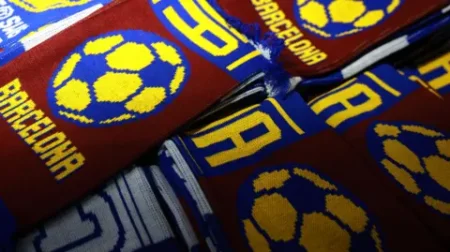In recent years, the innovative use of fly larvae for managing food waste has been gaining momentum, particularly in urban settings. A promising example arises from Vilnius, the capital of Lithuania, where city councils have begun to officially employ these larvae, colloquially known as maggots, to help manage the city’s food waste problem. The initiative stems from the significant amount of waste generated by the 607,000 residents in Vilnius, which totals approximately 2,700 tonnes annually. This endeavor has been orchestrated by Energesman, a waste management company that operates without charging the city for the service, ultimately saving it around €2 million (or about $2.3 million) per year.
The approach taken by Energesman relies on the natural proclivity of fly larvae to consume organic waste. The strategy includes rolling out new, vibrant orange bags for food waste collection, accompanied by a marketing campaign aimed at urging locals to separate their food waste. This effort seeks to address the large discrepancy between the city’s total household waste—estimated at 40,000 tonnes—and the smaller portion currently being processed. With recent regulations mandating councils to collect food waste, Vilnius needed effective and sustainable solutions to tackle this challenge.
In light of this, the operations at Energesman are not just focused on waste management; they also plan to create a new income stream. The company maintains a thriving environment for approximately six million flies within its processing plant, where these flies reproduce at staggering rates. A female fly can lay roughly 500 eggs in her short lifespan of 21 days, resulting in a substantial fly larvae population. These young larvae, particularly during their early days, have voracious appetites, capable of consuming more than 11 tonnes of food waste in a very brief five-day period.
The massive consumption capacity of these larvae raises questions about other possible uses for the organic matter they process. The larvae can be harvested as a valuable protein source for animal feed or even used industrially in products such as paint and glue. The frass, or waste produced by the larvae, can also be repurposed as organic fertilizer. Energesman’s CEO, Algirdas Blazgys, noted that they had begun establishing partnerships across various industries to explore these possibilities further. Despite initial hiccups in product testing—like achieving the right paint color—there is optimism about the future. Local fishing industries also show interest in larvae as bait due to their high nutritional value.
Globally, uses for fly larvae in waste management are on the rise, but their successful adoption varies widely. Initiatives exist in regions such as Kenya, where Project Mila utilizes fly larvae for food waste management while supplying fertilizer to local farmers. However, many cities have been slow to embrace this method, with only a few specific councils implementing fly larvae in waste processing.
In Australia, a similar venture has emerged through Goterra, which has involved municipalities in trials utilizing fly larvae to manage food waste. These examples highlight the potential of fly larvae in recycling organic matter, yet broader implementation remains limited due to regulatory hurdles. In the UK, for example, councils are currently restrained from using fly larvae due to existing regulations imposed by the Department for Environment, Food and Rural Affairs (DEFRA). Mr. Kotch, co-founder of the insect waste management firm Flybox, emphasizes that a shift in regulations could pave the way for councils to capitalize on fly larvae capabilities, with potential implementation anticipated within a few years.
The enthusiasm for these innovative waste solutions stems in part from a deep need to address the global food waste crisis, which accounts for over 1.3 billion tonnes annually. A significant percentage of this waste could be effectively repurposed if management practices evolve, benefiting both the environment and local economies by reducing disposal costs and methane emissions while producing valuable resources. Such forward-thinking approaches might soon see fly larvae establishing their prominence in mainstream waste management, influenced by developments in technology, policy, and societal acceptance.











